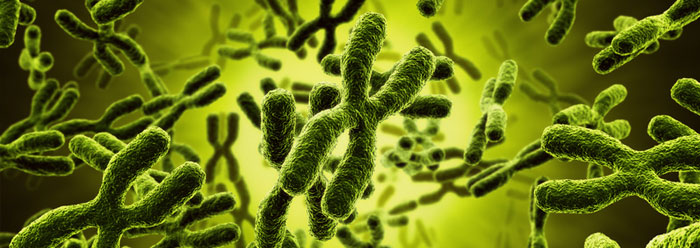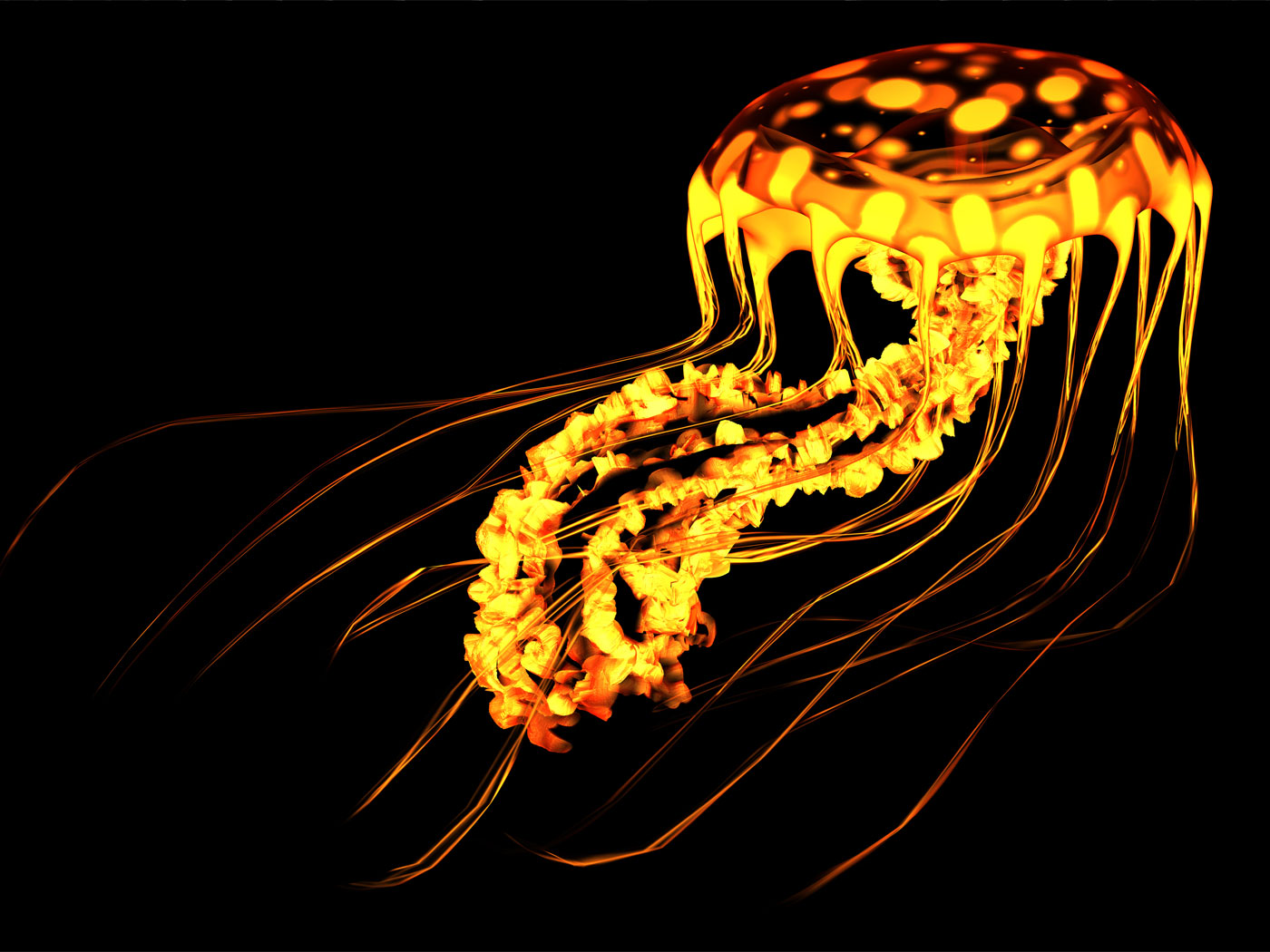Chromosomes are compact linear entities in the nucleus of the cell. They are composed mainly of DNA, some RNA, and proteins called histones. People have been created with 23 matched pairs (46 total) of chromosomes. Years ago, scientists discovered that only about three percent of the human genome (the complete set of DNA inherited from the father and mother) is comprised of genes--about 35,000 of them. The remaining 97 percent was given the unscientific title of "junk" because secular biologists felt that over evolutionary time the DNA had lost its function. This useless DNA was the foundation for the secular argument that the genome was not designed.
Creation scientists countered--as they did with other alleged vestigial organs and tissues--that just because we don't know the function at the present, that doesn't mean the DNA doesn't have some important function. One need only look at the tonsils and appendix that were once taught by Darwinists to be vestigial but are now known, thanks to good scientific research, to serve important functions in the human body.
Sadly, the title "junk DNA" stuck, and hundreds of thousands of biology students and laymen were taught—incorrectly—that the trillions of cells in our body had mostly vestigial or useless genetic material (DNA) that served no function. Today, it is more correct to say that some sections of DNA are non-coding, but are not junk and have an important function.
For example, it has been discovered that some of the formally "useless" DNA actually controls embryos. An article in Developmental Cell magazine1 by Barbara Knowles and others examines the surprisingly high level of DNA called transposable elements (TEs) in the maternal transcriptome in mouse eggs and initial cleavage embryos. TEs or "jumping genes" are a number of types of DNA pieces found in virtually all life forms. They function as promoters (specific areas of a DNA molecule containing sequences required for critical function) for a number of RNA molecules. This scientific research counters the evolutionary assumption that many repetitive TEs in the human genome are useless. "I think a lot of 'junk DNA' has a function, and in a weird way it's controlling gene expression," stated Dr. Knowles.
Cells also contain introns, non-coding sections of DNA that are spliced out of the messenger RNA (mRNA) strand before it leaves the nucleus of a cell to become translated in the cytoplasm. This splicing technique is quite complicated and requires enzymes and energy. Such a complex performance led many to suspect that introns have a control function.2
Creationists continue to state that God doesn't make junk. Instead, we have been "fearfully and wonderfully made" (Psalm 137).
References
- Hardman, H. 2004. [PSA for Peaston, et al., in Developmental Cell, 2004 7:597606] "Junk" DNA may be very valuable to embryos.
- Sterner D. A., Carlo T., Berget S. M. 1996. Architectural limits on split genes. Proc. Natl. Acad. Sci. U S A 93: 15081-15085.
*Frank Sherwin is a zoologist and seminar speaker for ICR.
Cite this article: Sherwin, F. 2007. Revealing Purpose in "Junk" DNA. Acts & Facts. 36 (8): 13.














